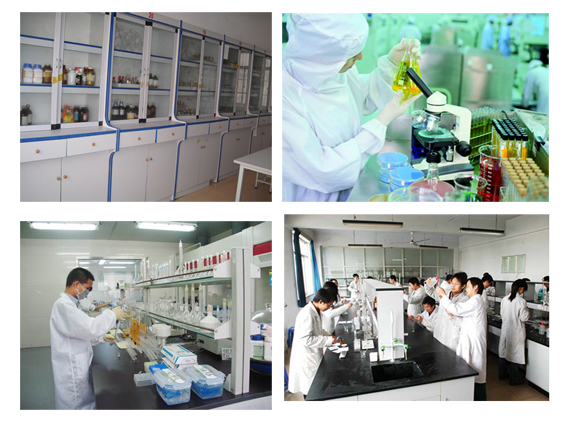- Min.Order :1 Kilogram
- Purity: 99%
- Payment Terms : L/C,T/T,Other
Keywords
1162 F 4-(Aminosulfonyl)aniline 4-amino-benzenesulfonamid
Quick Details
- Appearance:off-white particle or crystal powder
- Application:main material of synthesized sulfanilamide medicine
- PackAge:40kg/bag
- ProductionCapacity:1|Metric Ton|Month
- Storage:Keep in shady draughty dry place
- Transportation:AIR/SEA/COURIER
Superiority:
For the medical use of chemicals within this group, see Sulfonamide (medicine).
The structure of the sulfonamide group
In chemistry, the sulfonamide functional group (also spelt sulphonamide) is -S(=O)2-NH2, a sulfonyl group connected to an amine group. Relatively speaking this group is unreactive. The amine center is no longer basic. The S-N bond is cleaved only with difficulty. Because of the rigidity of the functional group, sulfonamides are typically crystalline. For this reason, the formation of a sulfonamide is a classic method to convert an amine into a crystalline derivative which can be identified by its melting point. Many important drugs contain the sulfonamide group.[1]
A sulfonamide (compound) is a compound that contains this group. The general formula is RSO2NH2, where R is some organic group. For example, "methanesulfonamide" is CH3SO2NH2. Any sulfonamide can be considered as derived from a sulfonic acid by replacing a hydroxyl group with an amine group. In medicine, the term "sulfonamide" is sometimes used as a synonym for sulfa drug, a derivative or variation of sulfanilamide. The first sulfonamide was discovered in Germany in 1932.
Synthesis[edit]
Sulfonamides can be prepared in the laboratory in many ways. The classic approach entails the reaction of sulfonyl chlorides with an amines.
RSO2Cl + R2NH → RSO2NR2 + HCl
A base such as pyridine is typically added to absorb the HCl that is generated. Illustrative is the synthesis of sulfonylmethylamide.[3] A readily available sulfonyl chloride source is tosyl chloride.[4] The reaction of primary and secondary amines with benzenesulfonyl chloride is the basis of the Hinsberg reaction, a method for detecting primary and secondary amines.
Triflimide or triflimidic acid HN(Tf)2 (bis(trifluoromethane)sulfonimide) is the formal adduct of triflic acid and ammonia. Phenyl triflimide is a triflating reagent. The related metal triflimidates are used as catalysts. The anion bistriflimide is hydrophobic.
Sultams[edit]
Sultams are cyclic sulfonamides. Bioactive sultams include the antiinflammatory ampiroxicam and the anticonvulsant sultiame. Sultams are prepared analogously to other sulfonamides, allowing for the fact that sulfonic acids are deprotonated by amines. They are often prepared by one-pot oxidation of disulfides or thiols linked to amines.[5]
Sulfinamides[edit]
The related sulfinamides (R(S=O)NHR) are amides of sulfinic acids (R(S=O)OH) (see sulfinyl). Chiral sulfinamides such as tert-butanesulfinamide, p-toluenesulfinamide [6][7] and 2,4,6-trimethylbenzenesulfinamide [8] are relevant to asymmetric synthesis.
Disulfonimides[edit]
The related disulfonimides are of the type R-S(=O)2-N(H)-S(=O)2-R' with two sulfonyl groups flanking an amine.[9] As with sulfinamides this class of compounds is used as catalysts in enantioselective synthesis.[9][10][11]
See also[edit]
Sulfonamide (medicine)
Sulfamic acid
Sulfamide
Details:
LAB

WAREHOUSE

PACKING

FAST DELIVERY

You Might Also Like
Related Searches
About|Contact|Cas|Product Name|Molecular|Country|Encyclopedia
Message|New Cas|MSDS|Service|Advertisement|CAS DataBase|Article Data|Manufacturers | Chemical Catalog
©2008 LookChem.com,License: ICP
NO.:Zhejiang16009103
complaints:service@lookchem.com Desktop View